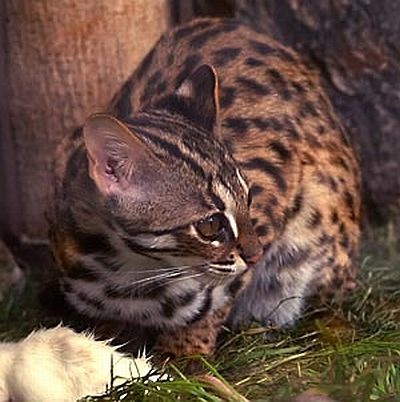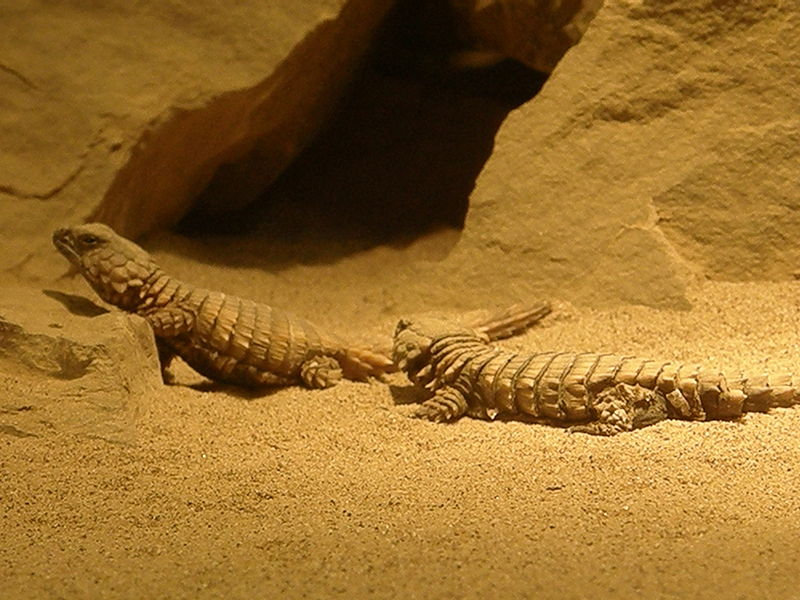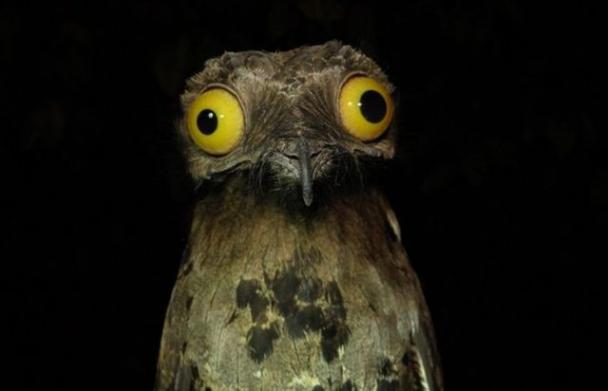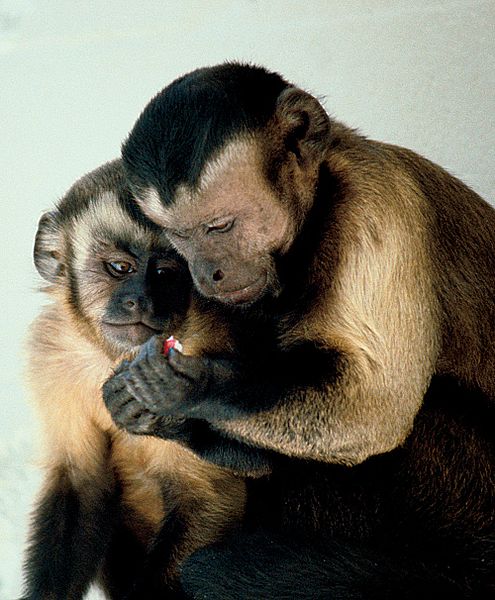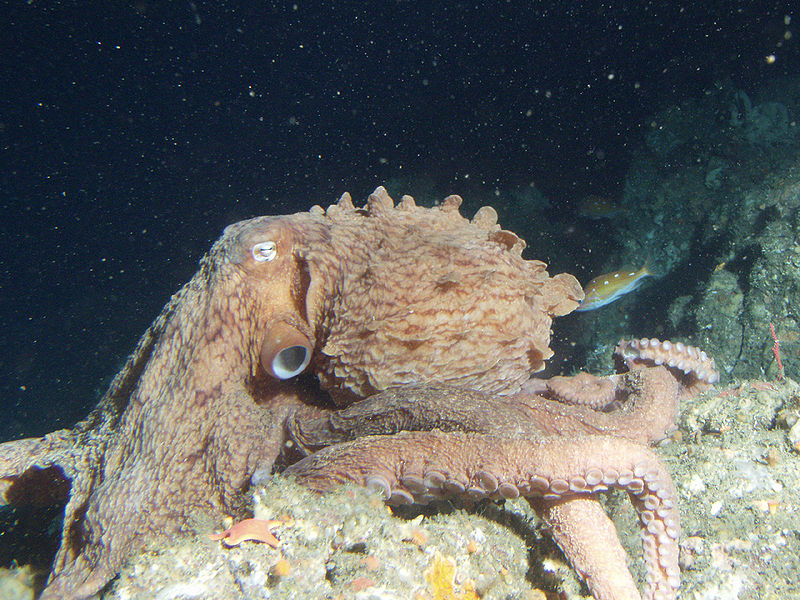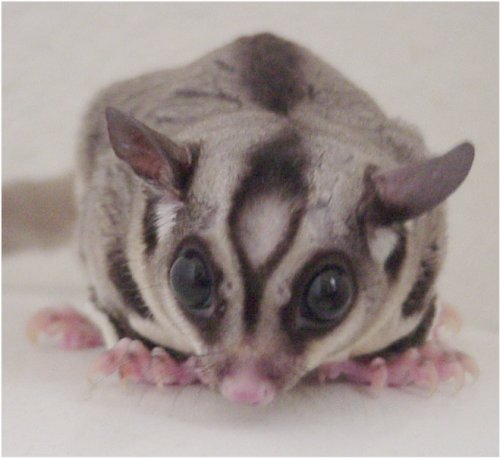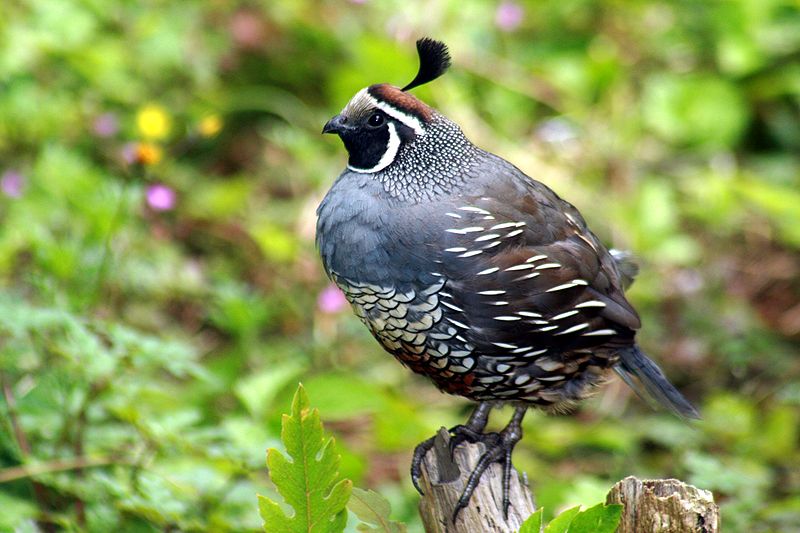
Today is a little bit of a sad day for many people. Yes, today is the day we all go back to work and the routine of life begins once again. I hope all of you enjoyed your weekend and are ready for the work week. To help you cope with going back to work we are going to look at an interesting bird called a Quail. The term Quail symbolizes a group of small to mid-size birds in the pheasant family. As a result you can find these birds pretty much wherever you live.
If you are looking to track down one of these interesting birds then you need to hang out in woodland and other forest areas throughout the world. As with other species, not all Quail look the same. There are about 15 different species scattered throughout the globe with all of them having slightly different appearances. Their attributes are largely driven by the adaptations to their specific environment.
The Quail is generally a solitary animal meaning they don’t really care for the company of other birds. Sometimes if this bird is in a gregarious mood then they will socialize with one other Quail. With that said, everything changes once mating season rolls around. During this time, different family groups will come together and form flocks as large as 100 individuals. I can just imagine how cranky these introvert birds are after a few days with such a large flock.

Technically the Quail is an omnivore as they feed on insects and worms but they seem to be a vegetarian at heart. The majority of their diet is made up of vegetation such as seeds, wheat, flowers and fruits. In fact, about 95% of their diet is focused around the vegetarian side. I can completely understand this as I would rather eat vegetables over insects and worms any day of the week.
Quail Fast Fact – The Quail is able to begin mating after about 2 months which seems to be a very short time after birth. I guess this is typical for most birds in the pheasant family though. During mating season these birds will typically leave the protection of the forest to congregate in more open areas such as fields.

